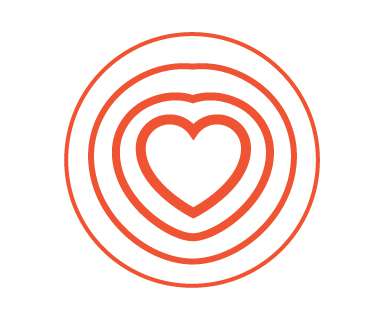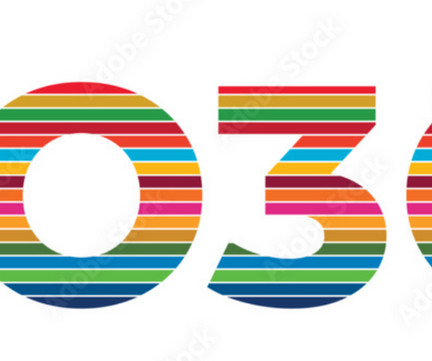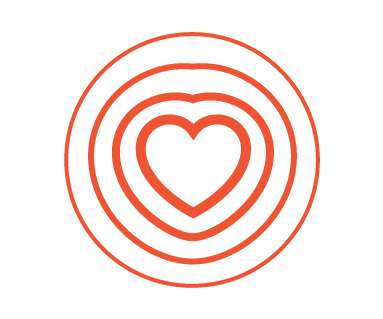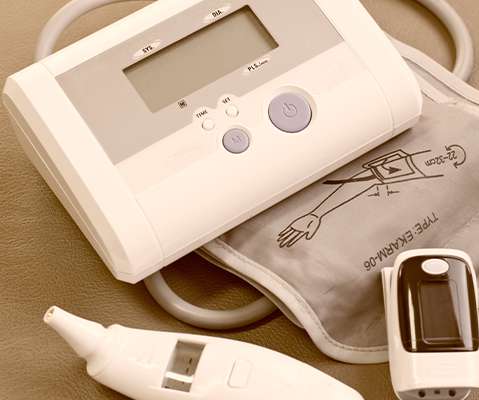The Digital Transformation of Patients – Update from Rock Health and Stanford
Health Populi
MARCH 2, 2021
First and foremost, it’s for fitness training, losing weight, sleeping better, and managing a chronic condition. Peoples’ willingness to share their health data with physicians is also the top-trusted share-point, followed by sharing personal health information with family which substantially grew in trust between 2018 and 2020.
















Let's personalize your content